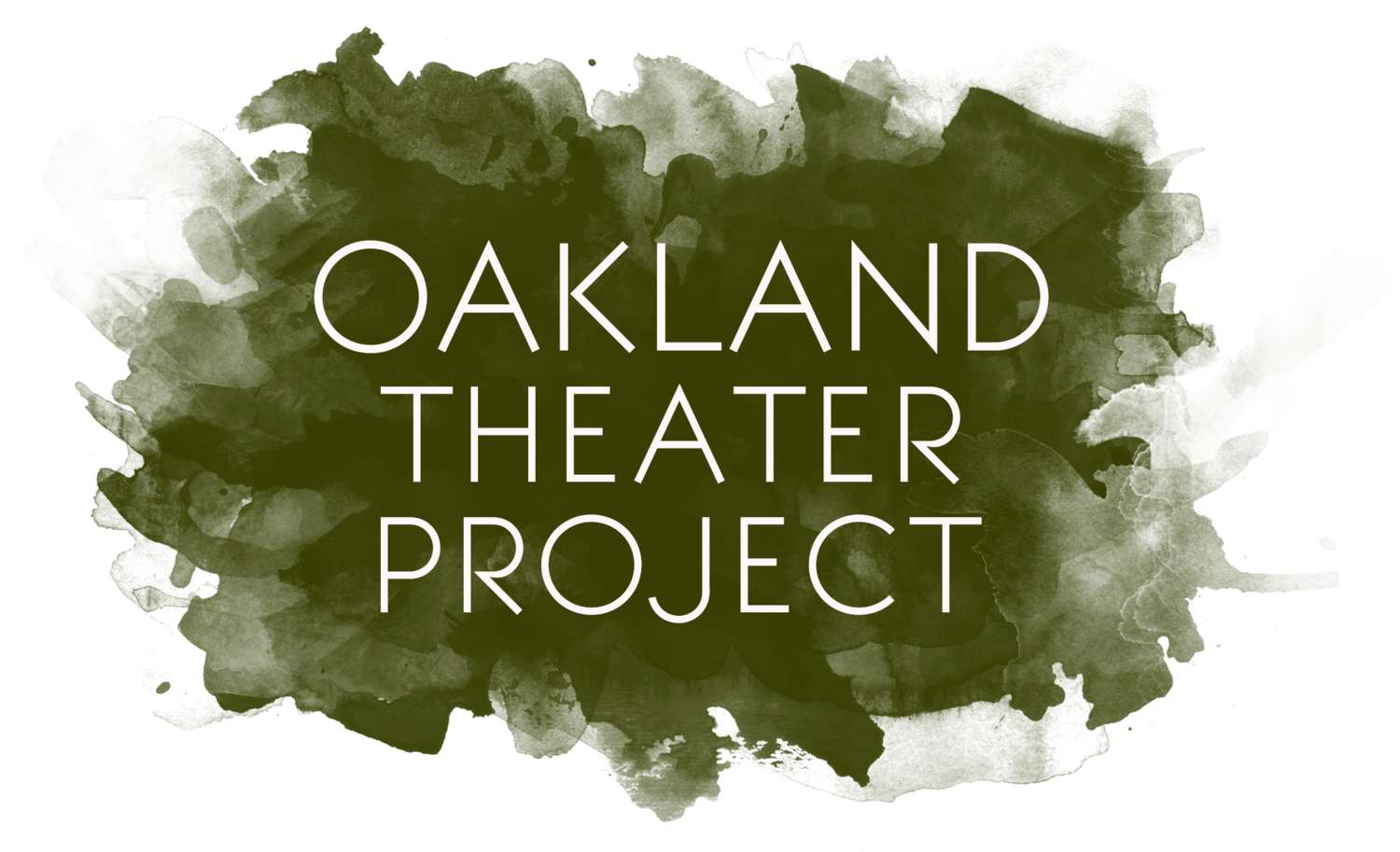OTP PRESENTS: TEATRO JORNALERO
Run Time: 85 minutes (no intermission)
Price: $10-$30
Seating: General Admission
A group of Central American and Mexican day laborers in Fruitvale formed the Teatro Jornalero/Day Laborers Theater, breaking through the safety of silence to share their stories with the wider public. In this multi-lingual documentary theater performance, they reveal not only their own intimate histories and hopes, but also deep cultural roots, and the tragic effects of global forces on their lives.
This production is created in partnership with Peralta Hacienda Historical Park.
LOCATION
All performances take place in Downtown Oakland:
Oakland Theater Project at
FLAX art & design
1501 Martin Luther King Jr. Way
Oakland 94612
Parking Lot Entrance: 15th St
Public Transit: The venue is a 7-10 minute walk from Oakland’s 12th Street BART Station.
Day laborers lack basic legal rights, and can be deported without notice. They are hired only for an hour, a day or a week at a time, and usually paid in cash, without Social Security, health insurance or job security. Many receive illegally low wages, or have their wages stolen, while experiencing other humiliations caused by public ignorance or even fear. Day laborers are often highly skilled, with years of experience, but have little chance of economic advancement or education because they are undocumented, and face discrimination on the basis of race, nationality and language.
Day laborers are among the most vulnerable in Oakland to homelessness, poor nutrition, and health problems because of their economic insecurity. With help from Street Level Health Project, our partner in developing this exhibit, many who took part are now able to overcome the worst of these consequences.
The timeline shows how the pursuit of profit, the tides of public opinion and U.S. foreign policy combine to create a toxic mixture that drives laborers northwards in a desperate search for a better life for themselves and loved ones left behind, and determines their fate: if they live, how they live, and where they are allowed to live. This exhibit is a tribute to those who survive and persevere.








